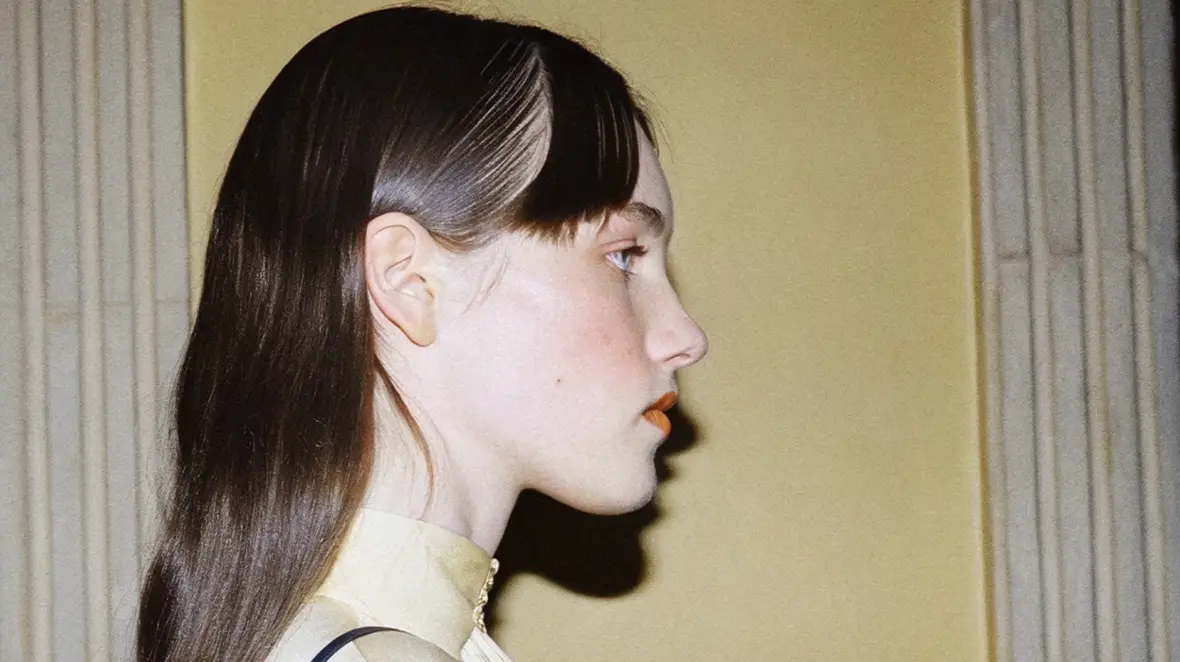
Recovery for Otoplasty: What to Expect
Rediscovering confidence with ear surgery is an empowering journey – but what about what comes after the procedure? If you’re searching for answers about recovery for otoplasty, you deserve honesty, clarity, and a human-first approach at every step. At Jorja Aesthetics, in partnership with Adoreal, we’re committed to making your experience seamless, safe, and fully informed, blending cutting-edge technology, bold care, and authentic support from your first consultation all the way through recovery.
The Otoplasty Experience: Precision, Compassion, and Innovation
Otoplasty, or prominent ear surgery, is much more than a cosmetic adjustment – it’s a step towards reclaiming self-assurance and feeling truly comfortable in your skin. The procedure is designed to reshape, reposition, or pin back the ears using minimal, discreet incisions (typically hidden behind the ear). At Jorja, we ground every treatment plan in decades of surgical excellence, customising the method to your unique anatomy and goals.
But the true transformation extends beyond the procedure itself. Recovery for otoplasty is a cornerstone of our care – it’s where advanced aftercare, digital insight, and real, human connections converge to ensure your healing journey is as comfortable and empowering as possible.
What Does Recovery for Otoplasty Involve?
Clear, transparent recovery guidance matters as much as surgical skill itself. Here’s what you can expect:
1. Immediate Aftercare and Comfort
After surgery, your ears will be dressed with soft, supportive bandages to protect the area, maintain the new position, and reduce swelling. Most patients can return home the same day (otoplasty is usually an outpatient procedure), but you’ll need someone to accompany you. You may experience mild discomfort, throbbing, or tightness at first, but this is managed with prescribed or over-the-counter pain medication.
2. The Bandage and Healing Timeline
- First week: The initial bulky bandage stays in place for about 5–7 days. It protects against accidental movement or impact and supports the new ear shape.
- After bandage removal: A lighter headband may be recommended, especially at night, to keep ears in position while you sleep for another 1–3 weeks.
- Stitch care: If non-dissolvable stitches are used, they’re typically removed in 7–10 days; dissolvable stitches will disappear on their own.
3. Swelling, Bruising, and Activity Changes
Some swelling and bruising around the ears and cheeks are completely normal and will fade over several weeks. Most people return to school, work, or nonstrenuous activities within 7 days, but contact sports and swimming should be avoided for at least a month to guard healing tissues. We’ll give you honest guidelines – no guesswork, just clarity tailored to your lifestyle.
4. Scar Care and Long-term Results
Incisions sit smoothly in the natural crease behind the ear, making scars virtually invisible over time. You’ll receive honest guidance on gentle cleansing, moisturisation, and possibly topical products to aid scar fading. By 6–8 weeks, your ears should feel natural and look markedly improved, with subtle refinements continuing as swelling disappears.
If you’re contemplating otoplasty, know that your comfort and agency are what set this journey apart at Jorja Aesthetics. From meticulous surgical planning to empowered, real-time recovery, you’re never just another patient — you’re a collaborator in your own transformation.
Book your consultation with Jorja Aesthetics or reach out to explore our approach to recovery for otoplasty. Let’s set a new standard for what it means to heal, thrive, and show up fearlessly as yourself.
Ready to Take the Next Step?



